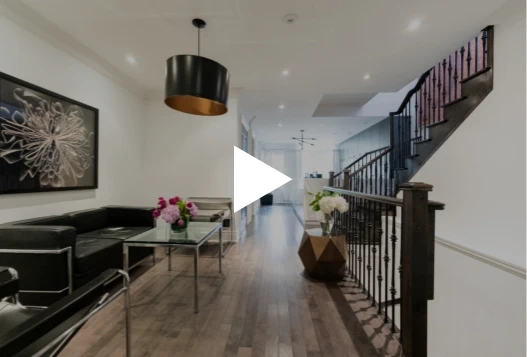By Jerome Edelstein, MD
One of the most common concerns women have about breast surgery is potential scarring. However, the reality is that scars typically are not too noticeable. Any incision may result in some scarring, but thanks to modern surgical techniques, it is possible to minimize scars. Here are some things to know about scarring before you decide on a surgery.
How Big Will the Scars Be if I Get a Breast Augmentation?
This would depend entirely on the type of augmentation you picked. Different procedures require various sorts of incisions. Here are the types of scars you can expect for some of the most common augmentation styles.
Inframammary
This is the most common type of scar. It involves a thin, horizontal line that goes underneath the crease of each breast. The benefit of this incision is that it lets doctors easily access underlying tissue. It does not alter the nipple or milk duct areas. This lets you more easily retain sensation and breastfeed. The scars are approximately four centimetres long (about an inch and a half), and are hidden by the crease of the breast.
Periareolar
These are semi-circular scars that go around the lower half of the outside of the areola. They are typically around four to five centimetres in length altogether. Expect smaller scars if you do a saline implant instead of a silicone one. Since these scars are placed right at the border of the pigmented skin, they tend to be camouflaged by natural nipple coloration.
Transaxillary
If you do not want scars on your breasts at all, you may want to consider a transaxillary incision. This involves a small incision of around four to five centimetres in the underarm. These scars are hidden in the armpit, so they will not be visible when people see your breasts. However, there are not any skin folds or skin coloration there to hide the scarring. This means that the armpit scar itself tends to be noticeable when you raise your arm.
Transumbilical
Though rare, there are some surgeons who do breast surgery through an incision in the navel. In these cases, scarring is almost invisible. Though the incision site itself is a few centimetres in length, it is hidden inside the reconstructed navel after the surgery. Your navel may look slightly different after the surgery, but you will not see any scars.
How Long Does It Take for Scars to Fade After Breast Augmentation?
Many women get concerned when they see how prominent their incision lines are in the weeks after surgery. It is important to realize that scars will look worse before they get better. In the first few months, you can expect a lot of swelling, redness, and discoloration as your body works to heal the incision site.
Generally, it will take about a month for the incisions to fully close. Then, the scar will gradually get smoother and lighter over the course of about 18 months. Your scar will have reached its final appearance in about two years. After this, it is unlikely for the appearance to change much.
The exact timeline for scar fading will depend on several factors. Things that might speed up healing include:
• Following your surgeon’s instructions
• Use of a scar treatment
• Keeping scars out of the sun
• Avoiding infection by keeping the site clean
• Not using tobacco products
• Getting plenty of rest
• Drinking plenty of water and eating healthily
What Does Scar Tissue After a Breast Implant Feel Like?
In the majority of cases, the scar tissue from a breast implant will start out feeling swollen and firm. As it heals, it will become a flat area of skin that is slightly paler and thinner than surrounding tissue. You most likely will not notice much of a difference in how the area feels. When paying close attention, you might see a slight dip, and skin may feel slightly smoother or flatter as well.
In some rare cases, the body produces excess collagen while trying to heal the area. This can lead to skin that is actually raised instead of being flat. If the scar is a hypertrophic one, it just happens on the incision itself. In extremely rare situations, some women develop keloid scars that cause raised skin around the entire healing site.
These types of scar tissue feel thick, tough, and less flexible than surrounding skin. The skin is often smooth, shiny, and slightly rubbery in texture. These types of scarring happen in about 5% of patients, but there are things you can do to help prevent them from happening.
What Can I Put on My Breast Augmentation Scars?
Research has found that any wound heals better when it is kept clean and moist. There are special gels and silicone gel sheets you can wear in the first few months to help keep the site moist while it heals.
If you are concerned about skin discoloration, the most important thing is to keep your scar out of the sun. Any sun during the healing process encourages post-inflammatory hyperpigmentation, which causes melanin to collect around the scar. Always wear sunscreen when your chest may be exposed to the rays of the sun, too.
To minimize scarring after any breast surgery, it is important to work with an experienced doctor. The right procedure can give you smaller scars, and your doctor’s instructions can help the area heal properly. At Edelstein Cosmetics, we are here for you every step of the way. From consultations to aftercare, we will make sure your health needs and aesthetic goals are met. To learn more about our process, let’s talk.
